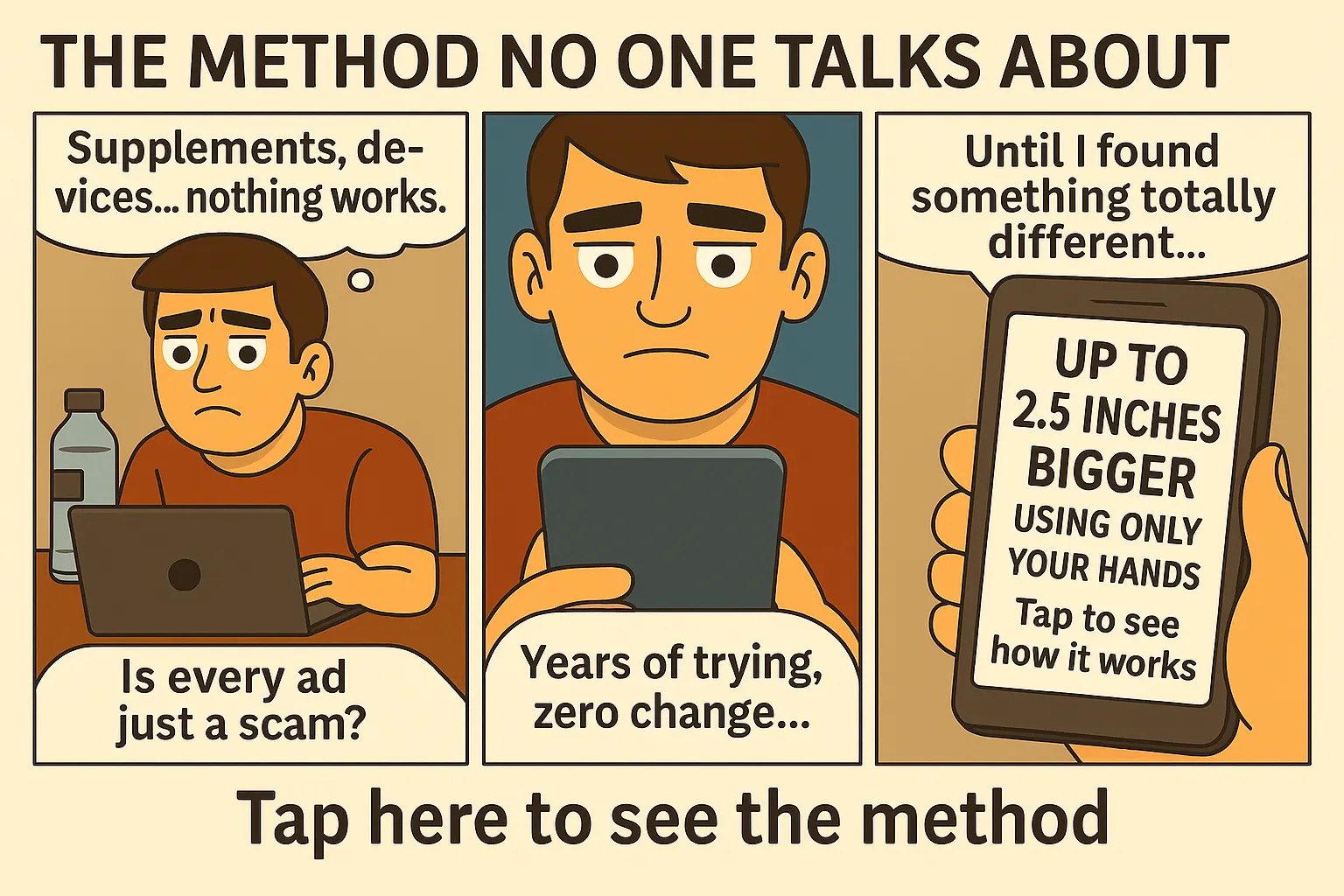Simple Tricks to Check Your Testosterone Without Leaving Home
For modern men taking charge of their health, knowing how to test testosterone levels at home is a game-changer. Testosterone plays a critical role in energy, libido, muscle mass, and overall well-being — and spotting imbalances early can prevent long-term issues. Thankfully, at-home testosterone testing is more accessible and reliable than ever.
Why Home Testosterone Testing Matters
Many men experience symptoms of low testosterone without even realizing it. Fatigue, low sex drive, brain fog, weight gain, or mood swings could be signs that your T levels are out of balance. Instead of waiting weeks for lab appointments, at-home testing lets you get answers faster — and more discreetly.
Types of At-Home Testosterone Tests
There are two common methods used in at-home testosterone testing kits:
- Saliva-based tests: Simple and non-invasive, these measure free testosterone, the active form in your body.
- Blood spot tests: Require a finger prick and offer a more complete testosterone profile.
Top Brands Offering Reliable Kits
Here are a few companies known for delivering accurate, easy-to-use at-home testosterone tests:
- Everlywell: Offers CLIA-certified results with an easy return process.
- LetsGetChecked: Medical support included with your results.
- MyLabBox: Offers discreet shipping and testing for multiple hormone markers.
Step-by-Step Guide: How to Use an At-Home Testosterone Kit
Here’s what you can typically expect when using one of these kits:
- Order your kit online and wait for discreet delivery.
- Follow instructions carefully to collect your saliva or blood sample.
- Send the sample using the prepaid mailer.
- Get results online, usually within 2–5 days.
Are Home Testosterone Tests Accurate?
Most modern kits use the same technology as labs and are CLIA-certified, meaning they meet clinical standards. That said, for borderline or unclear results, following up with a healthcare provider is still a wise move.
What’s a Normal Testosterone Level?
For adult men, normal total testosterone levels typically range between 300–1,000 ng/dL. However, levels can vary based on age, health, and lifestyle. Curious about ideal ranges? Read our deep-dive article on what is a good testosterone level for men.
When Should You Consider Testing?
Consider testing your testosterone if you’re experiencing any of the following:
- Consistent fatigue or low energy
- Reduced sex drive or erectile issues
- Difficulty building muscle
- Increased body fat, especially around the belly
- Mood swings or irritability
Tips to Improve Testosterone Naturally
In addition to testing, here are some proven ways to support healthy T levels:
- Lift weights regularly
- Prioritize quality sleep
- Get daily sunlight or supplement with Vitamin D
- Reduce chronic stress
- Eat testosterone-friendly foods like eggs, beef, and avocados
Curious about the impact of vitamins? Learn whether Vitamin D increases testosterone naturally in our breakdown.
Benefits of Knowing Your Testosterone Numbers
Testing empowers you. When you know your levels, you can make informed decisions — whether that’s lifestyle changes, supplementation, or professional help. And when it comes to sexual performance, testosterone can affect everything from libido to stamina.
One Test Could Change Everything
Ignoring symptoms won’t make them disappear. Knowing how to test testosterone levels at home could be the first step toward reclaiming your drive, confidence, and vitality. The best part? You don’t need a doctor’s appointment to get started.
Where to Learn More
At supremepenis.com, we dive deep into natural testosterone strategies, performance enhancement tips, and methods to improve male confidence. Whether you’re curious about semen retention or boosting your size and stamina, we’ve got resources to guide you.
Try This Today
If you’re serious about understanding and increasing your testosterone, access the full strategy here. It’s time to stop guessing and start taking control of your manhood — from the inside out.
Common Symptoms of Low Testosterone
Understanding your body’s signals is the first step to taking control. Here are some lesser-known symptoms of low T that often go unnoticed:
- Hair thinning: Especially facial or body hair reduction.
- Sleep disturbances: Trouble falling asleep or staying asleep.
- Reduced bone density: Making bones more prone to injury.
- Lower semen volume: Indicating impaired reproductive function.
- Less motivation: Feeling unmotivated or emotionally flat.
What Affects Testosterone Levels?
Testosterone isn’t just about aging — though age plays a role, several lifestyle factors can significantly influence your hormone balance:
- Diet: A diet high in processed foods and sugar can suppress testosterone.
- Body fat percentage: Excess body fat, especially around the waist, converts testosterone into estrogen.
- Alcohol and drugs: Overconsumption damages hormone production.
- Stress: Chronic stress elevates cortisol, which competes with testosterone.
When to Retest Your Testosterone Levels
Testing once isn’t always enough. If your initial results were borderline or you’re making lifestyle changes, retest after 2–3 months to track improvement. This is especially important if you’ve begun natural enhancement strategies like those discussed on our guide to Vitamin D and testosterone.
Can At-Home Testing Replace a Doctor?
Not entirely. These kits are an excellent starting point, but they don’t offer a complete picture of your hormonal health. If symptoms persist or your results are low, a medical provider may recommend further diagnostics like LH, FSH, or prolactin testing to identify root causes.
Understanding Free vs. Total Testosterone
Most home tests report either total testosterone or free testosterone. What’s the difference?
- Total testosterone: Includes both bound and unbound testosterone.
- Free testosterone: The small portion that’s active and unbound — this is what truly affects your libido and performance.
Knowing both values helps paint a fuller picture of your hormonal health.
Can You Boost Testosterone Naturally After Testing?
Absolutely. Many men who discover low or borderline testosterone can improve their numbers through lifestyle adjustments:
- Start a consistent strength training routine.
- Cut sugar and processed foods from your diet.
- Limit exposure to endocrine disruptors like BPA (found in plastics).
- Practice semen retention — which some men claim increases focus and energy.
Want to know more about this practice? Check out our article on semen retention and its benefits.
How Often Should You Monitor Your T Levels?
Depending on your goals, you might test every 3 to 6 months. For men beginning a testosterone-boosting protocol or working through symptoms, quarterly testing is ideal to measure progress. Tracking allows you to correlate lifestyle efforts with real hormonal shifts — making your results more than guesswork.
Sex Drive and Testosterone
Libido is one of the most immediate areas affected by testosterone. Men with low T often struggle to maintain arousal or lose their erections mid-way. If you’ve noticed issues in this area, explore our breakdown of why some men lose erections during sex and how testosterone levels might be involved.
Final Thoughts
Understanding how to test testosterone levels at home equips you to take proactive control of your health. Whether you’re experiencing symptoms or simply optimizing performance, these kits remove the barriers of cost, time, and discomfort.
Testosterone is more than a number — it’s your edge. Energy. Strength. Drive. Don’t wait until a crisis forces you to take action. Start now.
Take Back Control
If you’re ready to take a powerful step toward improving your energy, confidence, and performance, get access to the full method here. The time to reclaim your edge starts today.
Testosterone Testing Myths — Busted
There’s a lot of confusion out there about testosterone and how to test it. Let’s debunk some common myths:
- “You can’t trust home kits.” — False. Many home tests use the same lab tech and provide doctor-reviewed results.
- “Only older men need to worry about testosterone.” — False. Testosterone can decline as early as your 20s, especially with poor sleep or high stress.
- “You need a prescription to check T levels.” — Not anymore. With FDA-registered home kits, anyone can test safely and legally.
- “Low T only affects sex drive.” — Wrong. It impacts muscle, mood, energy, metabolism, and motivation too.
How Testosterone Impacts Daily Life
You may not realize how deeply testosterone affects your day-to-day experience. Optimal levels improve your:
- Decision-making: Studies show higher T is linked to confidence and risk tolerance.
- Social energy: Low T often makes men feel withdrawn or antisocial.
- Workout performance: From strength to recovery, testosterone is key to gains.
- Focus and productivity: Brain fog is one of the first signs of hormonal imbalance.
Can Diet Influence Your Testosterone Test Results?
Yes — both before and after testing. Here’s what to watch out for:
- Avoid alcohol and processed carbs 24 hours before testing.
- Take the test in the morning when testosterone is naturally highest.
- Eat zinc-rich foods like shellfish, beef, and pumpkin seeds for long-term T health.
Tracking Symptoms Alongside Testing
Data is powerful — but context makes it meaningful. Use a journal or app to track:
- Morning erections
- Libido levels
- Mood and motivation
- Sleep quality
- Workout performance
These patterns help you correlate test results with how you feel — the real goal.
Join a Community of Men Taking Control
You’re not alone in this. Millions of men are now tracking and boosting their testosterone naturally. Forums, Reddit groups, and platforms like supremepenis.com are creating spaces for honest discussion, results, and transformation stories.
Before You Go…
If you’ve made it this far, you’re serious about improving your health and performance. One final resource we recommend is our deep-dive on what is considered a good testosterone level — a must-read if you’re comparing your test results.










